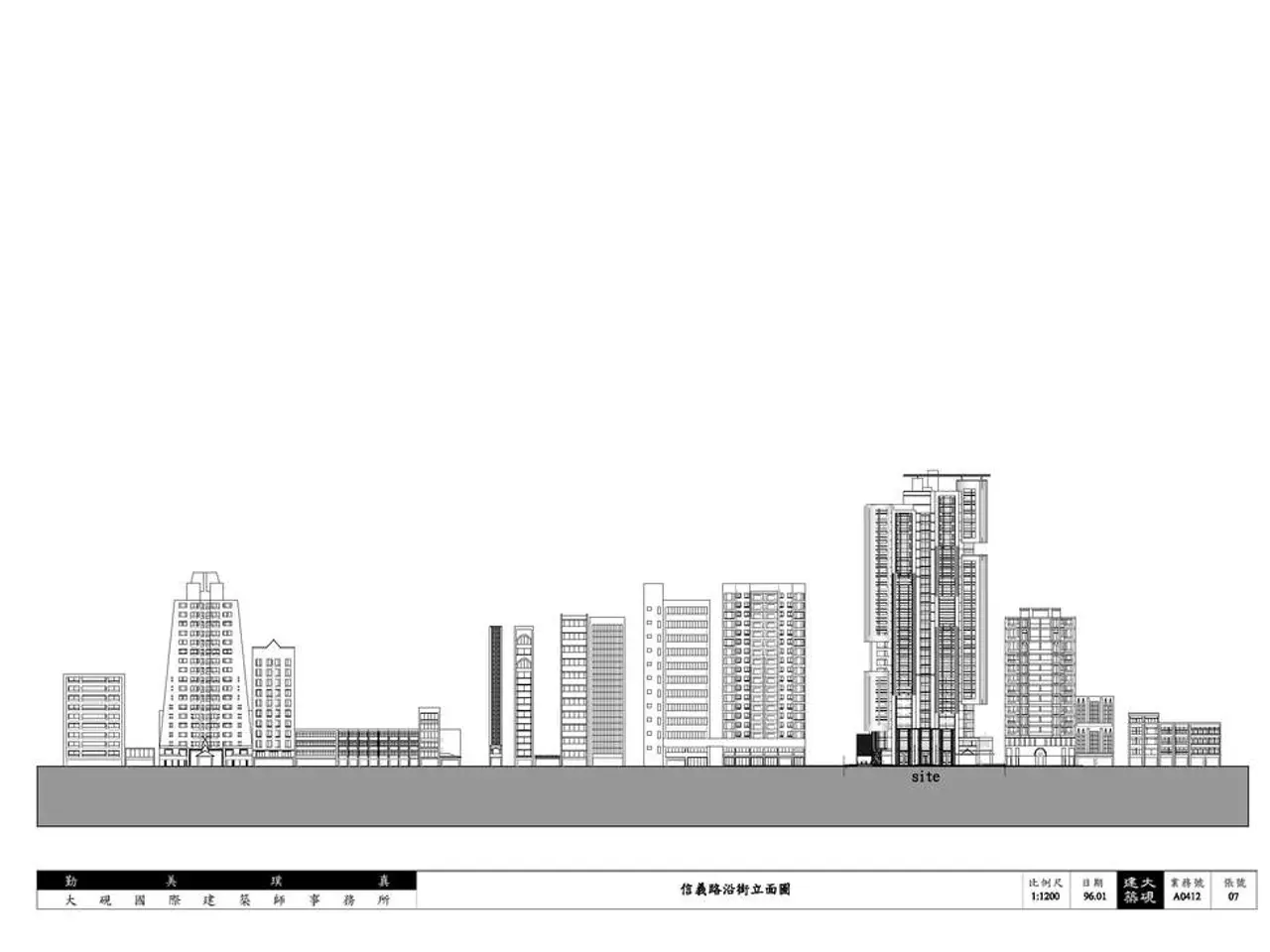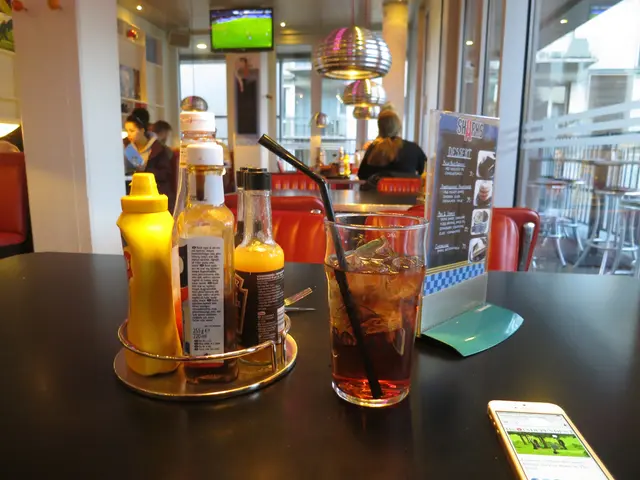Noteworthy Transformative "Adaptive Reuse" Initiatives Reshaping Interior Architecture Landscapes
In the ever-evolving world of architecture and design, adaptive reuse has emerged as a significant specialization, offering numerous environmental, economic, and historical benefits. This innovative practice is transforming abandoned and underutilized buildings into vibrant spaces that cater to current needs while preserving their historical significance.
One such example is the Sooyoo Joyful Growth Center in Zhengzhou, China. Originally built for a financial district, the center stood as a ghost city for years until URBANUS redesigned it into a kindergarten. The architectural firm preserved the building's round architecture and added brightly coloured tubes to the exterior, creating a more playful atmosphere. Today, the center boasts dedicated bike parking and an internal cycling test track, embodying sustainability and innovation.
Similarly, the Fulton Street Cold Storage in Chicago, built in 1923, was once a technologically advanced cold storage facility but was later abandoned. Sterling Bay Companies took over the building in 2012, transforming it into the headquarters for bike components manufacturing. This adaptive reuse project not only saved resources but also added a unique character to the built space.
In Australia, the La Trobe University in Beechworth, VIC, was once the Lunatic Asylum wing of May Day Hills Hospital. The university now stands as a testament to the power of adaptive reuse, providing education while preserving a piece of the region's history. Similarly, the La Trobe University in Melbourne, originally built between 1864 and 1867, was used for the care of the mentally ill until its closure in 1992. Today, it serves as a university, offering students a glimpse into the past as they walk through its halls.
The Four Seasons Hotel in Istanbul, Turkey, was once Sultanahmet Jail, built in 1919. Instead of hiding from its past, the hotel celebrates its history, with the interior housing the old exercise yard of the jail as its courtyard, and a former inmate's scribbles remaining on an old marble pillar. The Attendant Restaurant in London, originally a public lavatory for men, was reconstructed into a coffee shop with wifi, tea, and cake, offering patrons a unique dining experience.
Adaptive reuse projects not only give new life to buildings that were either abandoned or left unused but also add a dimension to the fields of architecture and interior design. By altering the interiors of a building to suit its new purpose while keeping the form or structure intact, these projects create spaces that are not only functional but also rich in history and character.
Tearing a building down and rebuilding it for a new purpose strains more resources than adapting its interiors. Adaptive reuse, therefore, is a sustainable interior architecture practice that is being increasingly utilized worldwide. As we move forward, it is essential to continue embracing this practice to preserve our historical buildings while meeting the needs of the present and future.








